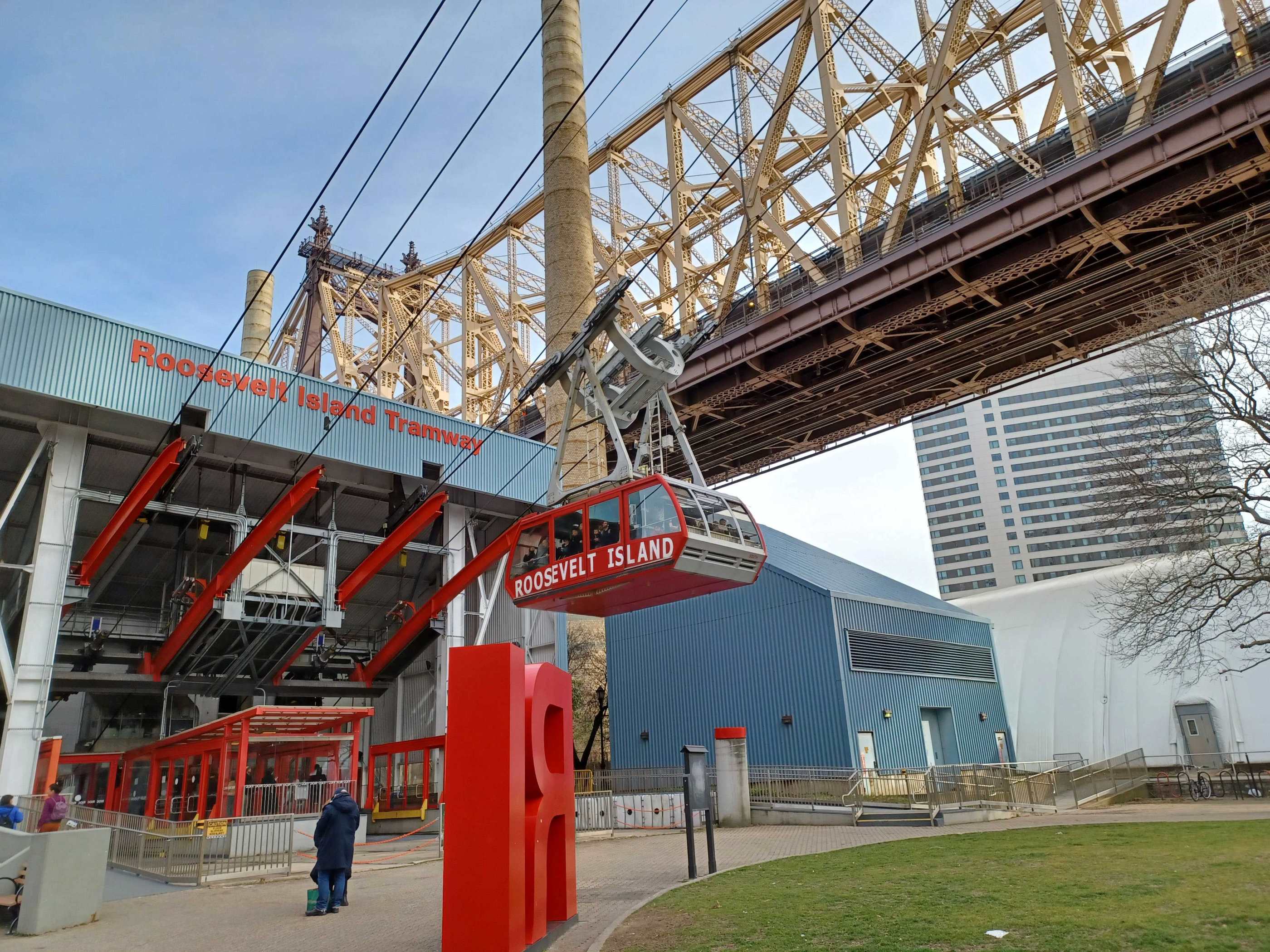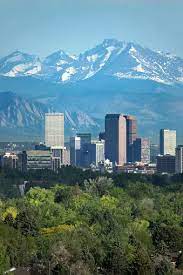New York City (NYC), a melting pot of cultures from all over the world, renowned for its music scene, glamour, financial significance, and its appearance in apocalyptic movies, is also home to one of the longest and oldest public transit systems - the New York Subway. It is used daily by most of New York’s residents and could be said to be an integral part of the beloved NYC. Just like how the city never sleeps, the transport system operates 24 hours, 7 days a week. In light of the perhaps intimidating prospect of having to get around among the bustling commuters in an unfamiliar territory, we have published this guide specially to equip readers with the essential knowledge when using the New York City Subway AKA the “trains” - the cheapest and fastest way around town.
Map of the New York City Subway

The network of trains consists of 10 different lines represented by a variety of colours on the subway map (the most updated version can be obtained at the MTA website). The subway system may get very confusing to those unfamiliar with it as even within each line, there could be more than one number/letter. The various numbers/letters of the same colour represent train services along the same line that have different stops. With this, it is important to know the exact alphanumeric character of the train to take instead of just the line colour to get to the desired destination.
The different alphanumeric characters in a single line also differentiate between express or local trains which most lines have. As you could guess, local trains stop at every stop on the way while express ones skip certain stations for higher efficiency. The trains can be express/local depending on the time, the direction of travel, and whether there are shared tracks between various services. Fortunately, the map can help deduce which stations the trains may stop at - local train stops are represented by black dots and white dots represent stations where all trains stop.
Unfortunately for tourists, different stations on the subway can have the same names on different lines and the same physical stations can have different names on each line. It is an unusual naming practice but knowing about it beats getting unpleasantly surprised when the time comes.
Pricing and Tickets

Now that you have a rough idea of how the train lines are in NYC, how should you go about purchasing tickets/the MetroCard? The card can be purchased at many places including convenience stores and newspaper stands. There are two types of tickets: the Regular MetroCard that is pay-per-ride, and the Unlimited MetroCard where you pay a fixed amount for an unlimited number of rides for a duration. The best choice to make depends on how long you choose to stay in the city of skyscrapers and how frequently you use the trains.
Here’s some pricing information (in USD) to help you weigh your options.
By using the regular MetroCard, commuters have to pay $2.75 per ride (subway or local bus) on the other hand, the 7-Day Unlimited Ride MetroCard costs just $33 which means that you could break even with just 12 trips (less than two trips per day). For a tourist, I would highly recommend the unlimited pass that takes away the worry about the cost of each ride. The Unlimited MetroCard also comes with a 30-Day option which costs $127, a cheaper per-day cost, which may be worth it for those intending for a much longer stay in the area.
The above unlimited pass though is not accepted on the express bus, PATH and AirTrain and a separate different unlimited ride has to be purchased due to the different pricing systems. For instance, the express bus charges $6.75 per trip and the 7-Day Express bus is priced at $62 (which means it is more than worth it if you take 10 or more express bus trips).
A really convenient thing about the MetroCard is that they allow adding dollar values to the Unlimited MetroCard and adding unlimited rides to the Regular MetroCard which means the same card can hold different combinations of unlimited rides and dollar values. Note that all new MetroCards have a $1 fee, so do save the Earth and your wallets but refilling a card at any MetroCard vending machine or station booth instead of buying a new one! In addition, the same MetroCard can be used for some other transport systems in NYC such as the Staten Island Railway and the Roosevelt Island Tram.
The other option though, if you only plan to take the trains once, is purchasing the single ride ticket from a vending machine, but that costs $3 for just one ride.
Seniors above 65 and the disabled could also get reduced fares (half the base fare) for the subway, buses (express bus only during non-peak), and both the 7-Day and 30-Day Unlimited Ride. A reduced fare MetroCard could be obtained by filling up a form, and applying to the MTA but for tourists who will not be staying for long, there is the more attractive option of presenting a valid ID (eg. passport) to the station agent or bus operator and paying the reduced fare by cash. For more details, visit the MTA page on reduced fares.
Planning

Even with the basic knowledge of the fare system and the lines, certain planning is still necessary in order to travel efficiently and maximise your time in New York. Luckily, it is the 21st Century and apps are here to save the day!
Google Maps, Moovit,Transit and Citymapper are just some free apps available on both the App Store and the Play Store that show possible train routes, travelling time and real-time schedules. You could use any of these apps to select the optimal route, which is especially important when you have a limited time in the city and so many places to visit. If the elevator and escalator service in the subway station is very important to you, the app Rampd indicates which stations have elevators in service at any time.
If apps are not for you, the MTA also has a custom trip planner on its website with similar functions. The user can key in the starting point, the destination, route preferences, if they require wheelchair accessible options and even the maximum preferred walking distance.
With all these available resources along with the downloadable PDF subway maps available online, planning a commute in the NYC has never been more convenient.
You might be interested in these Airbnbs!
Tips when riding the train

Here are some tips for a better train experience for you and the other riders:
Head to the front or back of the train to for seats
With nearly 6 million riders on a day, finding a seat on the subway may not be an easy feat. Squeezing through the crowds on the platform and heading towards the ends will allow you to have a better chance of scoring that seat.Do not have your bag take up a seat
Leaving your bag on another seat may be inconsiderate to other people who want to sit, not to mention it is also slightly unsafe. Instead, if you manage to get a seat, leave your bag on your lap or on the floor. It is safer and other commuters would greatly appreciate it.Hold on to (not lean on) the pole
If you end up standing, it is a good idea to hold on to the pole. Even for experienced commuters, the acceleration and deceleration of trains, not to mention occasional sudden jerks may throw your balance off. It may be better to hold on to the pole or risk falling or bumping into a stranger. Also, do be considerate of other commuters who need the pole and not take up the whole space by leaning on it.
New York City Tour Guide
Hiram Jacobs
I am a licensed New York City Department of Consumer Affairs Tour Guide and a native New Yorker. Over the years, I acquired considerable experience organizing solo tours of the major European and East European capitals of the world, Canada's largest cities and Australia's most popular cities, Washington, DC, Atlanta, New Orleans, and San Francisco. During my international travels, I participated in tours organized by private tour companies to China, Russia, South America, India, the Canadian Rockies, Israel, Japan's major cities; USA: Alaska, Arizona and Utah's scenic national National Parks . I received my Master of Arts in Political Science (Urban Administration) from the State University of New York, College at Brockport, Brockport, New York in 1978. Since my recent retirement from the MTA, New York City Transit Authority, after 39 years of service as an Associate Transit Management Analyst, I hope to share with my fellow Travelers my observations, insights and personal experiences relating to Manhattan’s iconic neighborhoods, landmarks and popular attractions that make New York City such a vibrant and dynamic city to visit. I will strive to make your New York City Experience memorable. Tour Cancellations - Please provide at least 24 hours notice prior to the tour date in order to cancel your booking and to receive a full refund.
Tours by Hiram
New York City Tour Guide
Stephanie Eley
I'm a graduate of ITMI, International Tour Management Institute and 17 years as a licensed Tour Director and Program Director. My expertise began in NYC and Washington, DC where I'm a licensed guide and has expanded to Europe, South America, Cuba and the Western / Southwestern National Parks of the US. I'd love to introduce you for a day or a week to Denver, Colorado and the 4 corners region of the US: Colorado, Utah, New Mexico and Arizona! Let's GO!! stepheley@gmail.com
Tours by Stephanie
Interesting Facts

The New York City Subway is not just any old transportation system, it has an interesting history that you can catch a glimpse of on guided subway tours (offered by Untapped Cities and the New York Transit Museum) where you get to visit abandoned or semi-abandoned stations and learn more about the system. The tours by the museum are only for Transit Museum members and are really popular, selling out months ahead of time.
Have you ever wondered what happened to old subway cars when new ones came? Old NYC subway cars have been used to create an artificial reef off the east coast in the Atlantic Ocean. Instead of wasting away in a landfill, the old cars are meaningfully used to create a habitat for the marine life in their retirement.
Speaking of retired trains, the New York Transit Museum also offers Holiday Nostalgia rides at the end of the year. Whether you wish to go down memory lane or experience the wonders of being transported to an unfamiliar time, this ride packs an interesting experience as vintage 1930s train cars zoom through the subway system in the 21st century. Enjoy the different seat padding, lighting and even period advertisements during this rare opportunity.
The quintessential transport system
The New York City Subway is confusing and could be intimidating but it plays an important role in the city as part of New Yorkers’ daily lives. Hopefully, this guide has offered you some useful information for having a pleasant ride and sparked an interest to discover more about this centenarian.
History
Get Trip101 in your inbox
Unsubscribe in one click. See our Privacy Policy for more information on how we use your data






















Create an account to